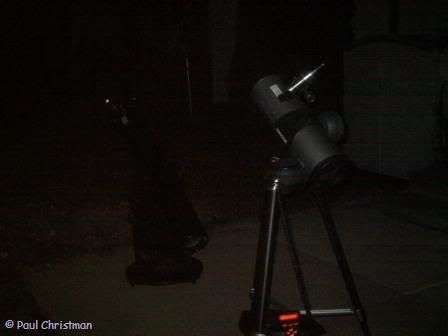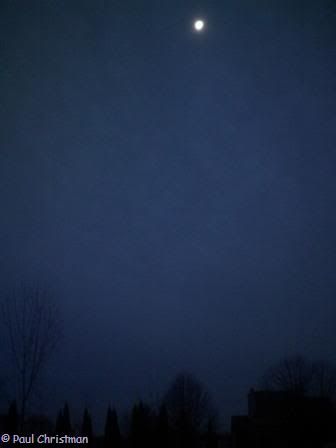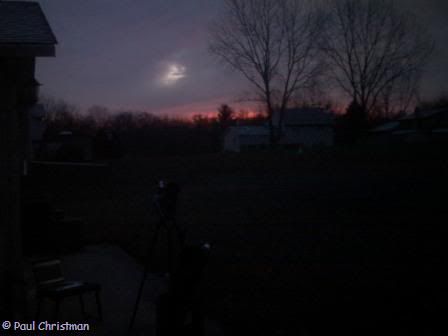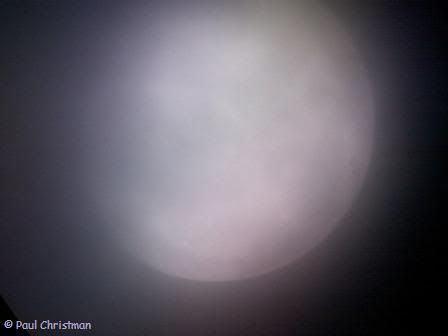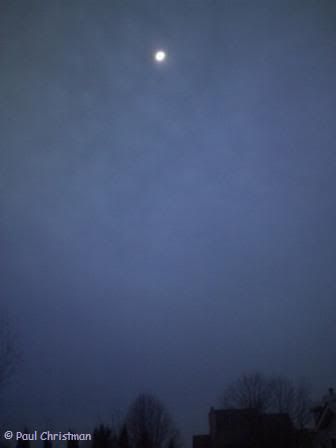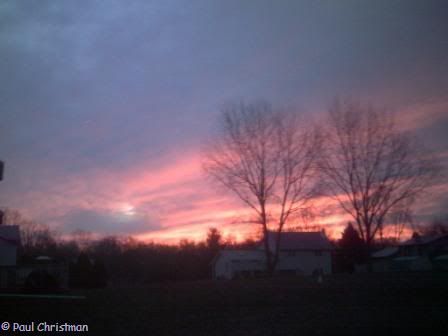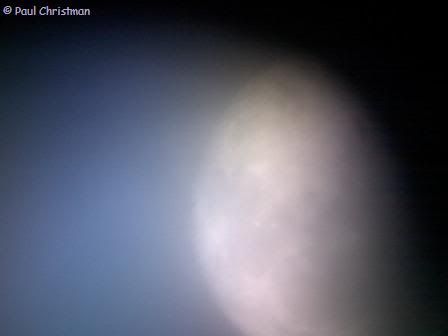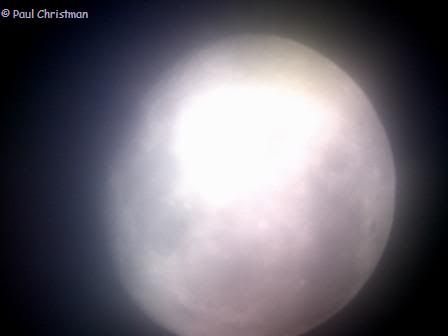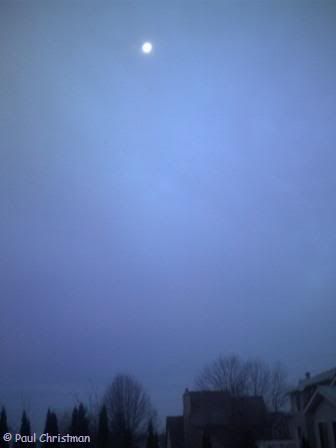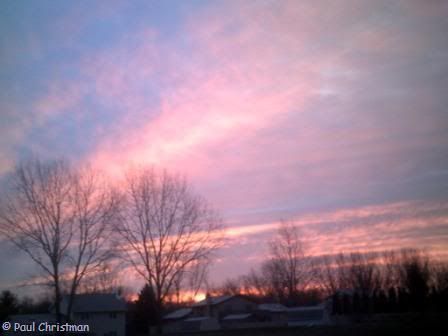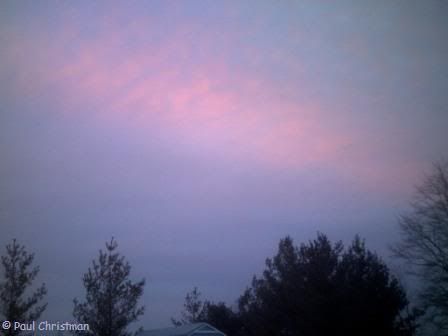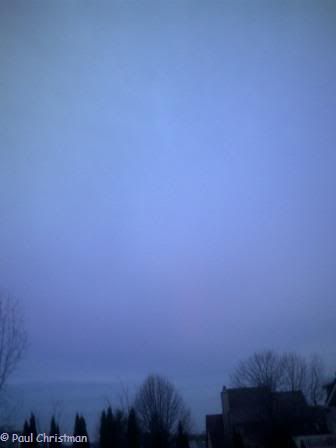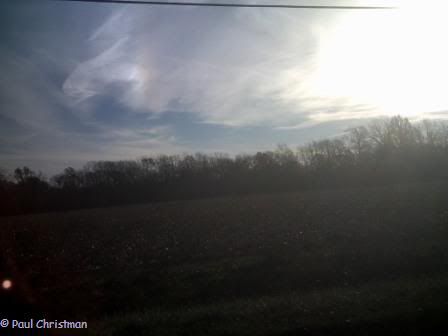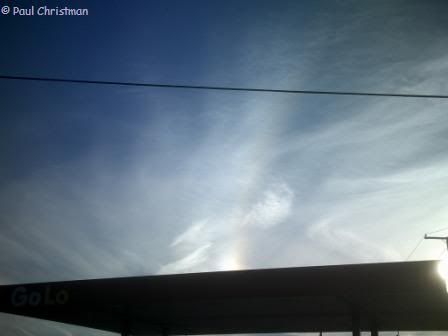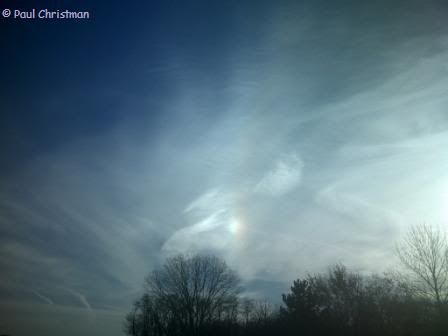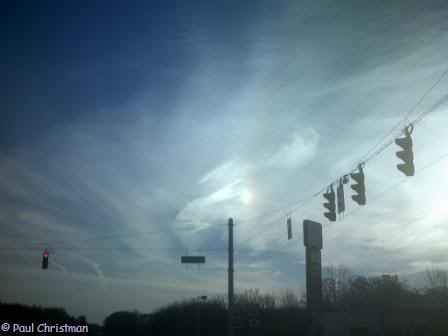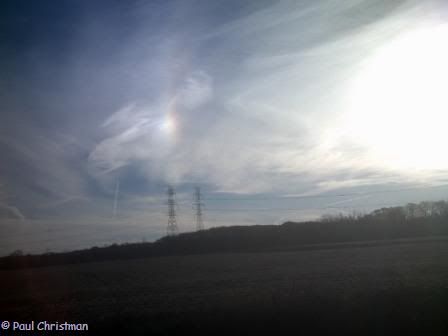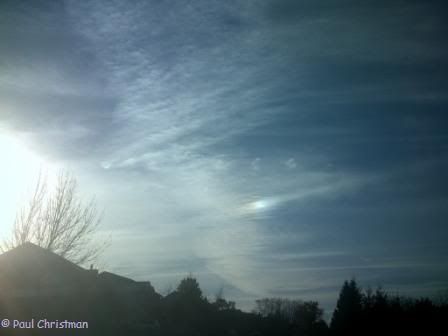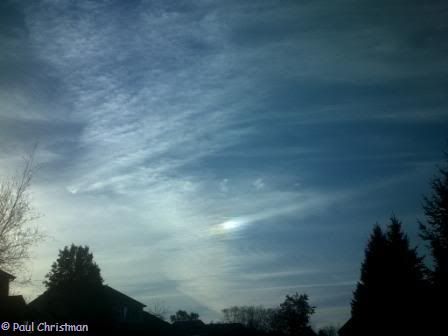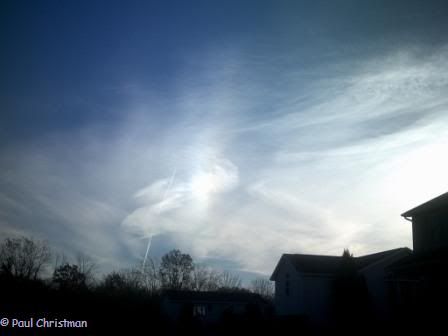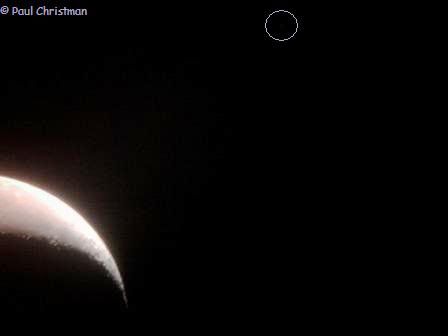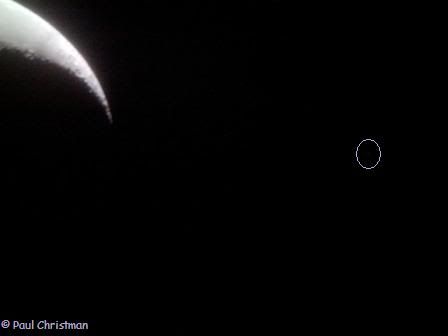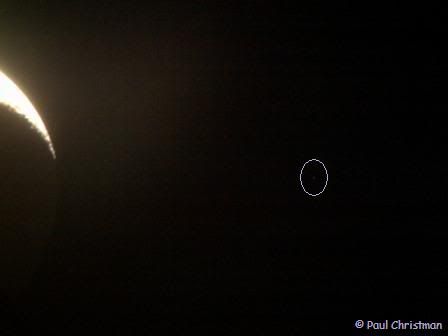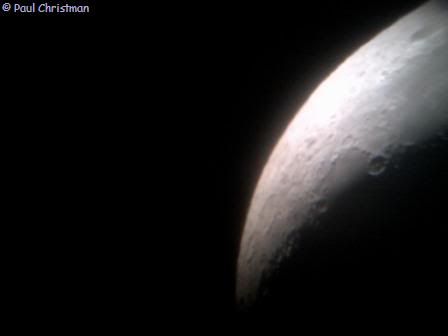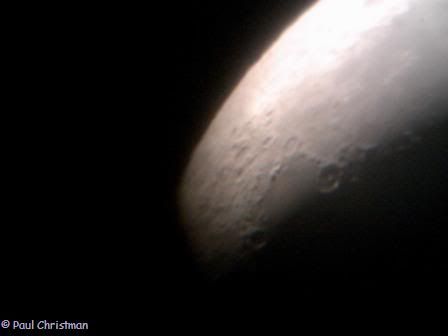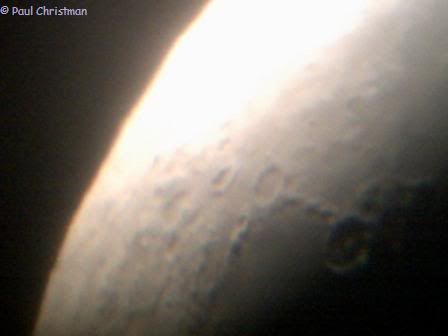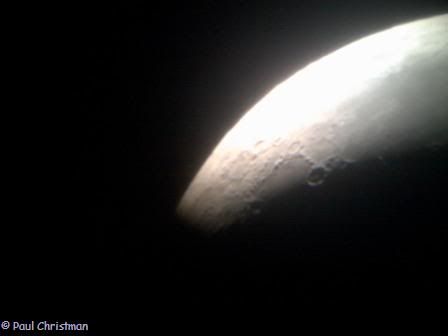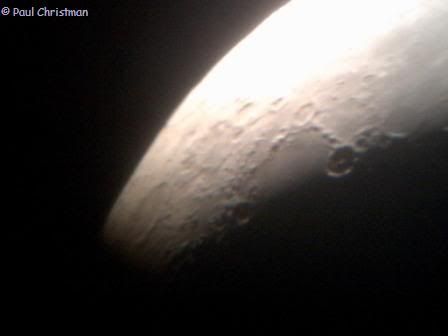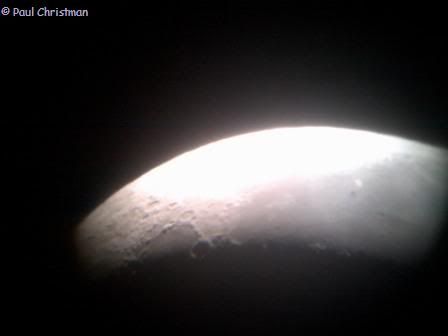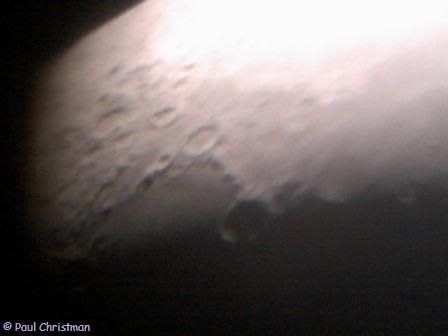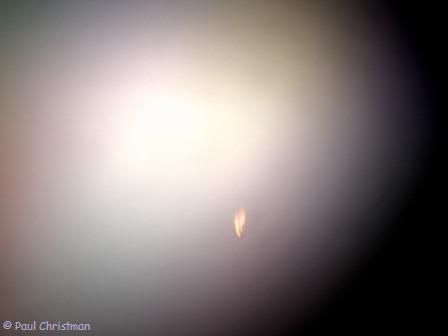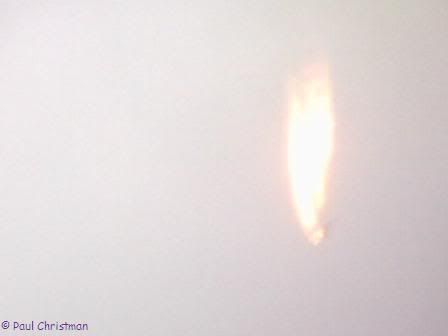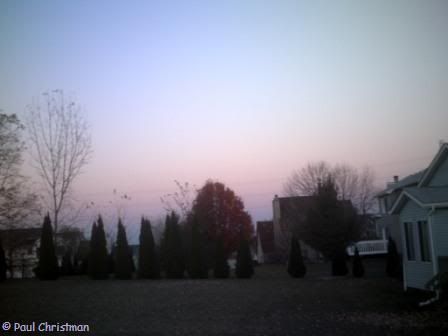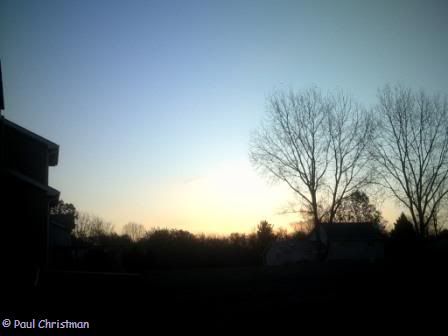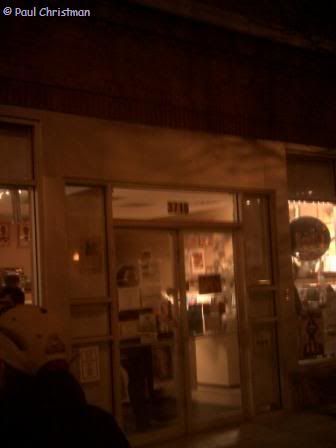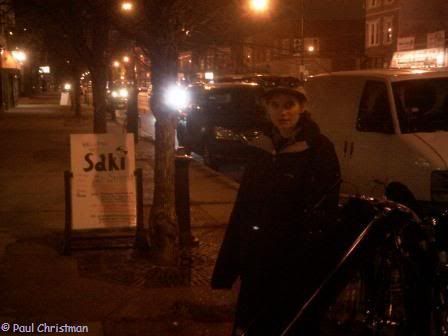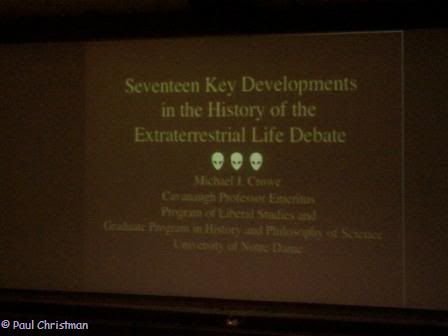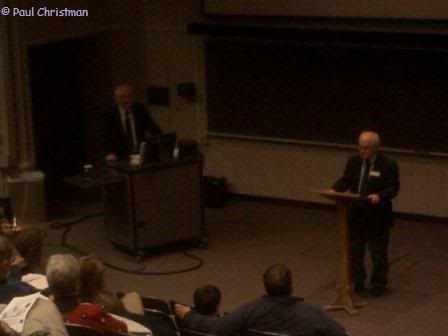I will edit this into a proper post tomorrow, but for now click on the title for the Chicago Astronomer thread.
Happy Thanksgiving!
Happy Thanksgiving!
I’d been looking forward to last Wednesday morning’s lunar occultation of Mu Geminorum almost since the last time it was occulted on October 27. Weather hadn’t cooperated with me well for that occasion, but I was able to catch sight of the star not long after it emerged from behind the lunar disk. I fought a strong, cold breeze and scattered cloud cover that night. I was disappointed not to see the immersion point of the occultation, and hoped that my rematch on November 24 would be better.
There was really no preparation needed to observe the occultation, other than to review the event times posted by Curt Renz, although since they are calculated for the Adler Planetarium in Chicago, they won’t be accurate times for me at home, but are close enough to tell me when to pay attention. Curt’s listed time for the immersion was 5:24 AM Central Standard Time, and 6:34 for the emersion, just 16 minutes before sunrise. Being at the eastern edge of the Central Time Zone, the emersion would happen during morning twilight, so I wasn’t sure if I’d be able to observe it. It was worth a try though.
I skipped a clear evening sky Tuesday night to sleep, planning to get up and observe in the middle of the night. I woke up around 2:30 AM, and checked the radar and satellite images before getting out of bed. A system was moving in, but there was a chance it might stay just south of Valparaiso. Getting up to have a look out the back door, I was glad to walk into the dark kitchen and see a bright rectangular spot on the floor. The Moon was shining down at an angle through the skylight.
I got bundled up, went outside and set the telescopes up to acclimate to the cold. I wasn’t in much of a hurry, except to get back inside and out of the 21 degree temperature, and16 degree wind chill factor. I did admire a nice full 22 degree halo around the Moon, though. After getting the telescopes ready I went inside to make a pot of coffee and check the latest weather satellite images. It wasn’t looking good, really. I was concerned that Accuweather's satellite showed cloud cover moving into the area, although at that time it was only patchy clouds. It was a big system, but no rain, so I didn’t have to worry about the telescopes outside unattended. The weather system I was watching had an eye opening up as it crossed into Illinois, and it's path could have brought that clear spot over Valpo before emersion. The immersion, however, was almost definitely going to occur before the opening arrived.
Around 3:30 AM CST, the Moon had a gorgeous halo, but of course it doesn't show in the picture.
Just after 4 AM, the Moon and brighter stars were still visible. Even though the edge of the system had crossed all of Indiana, the clouds were acting more like haze or a slight fog than anything else. Central and southern Illinois were in the heart of the system, but it looked like the Chicago area and Northwest Indiana, would see portions of the occultation.
I was trying to stay out of the cold as much as possible, so I didn’t try to observe the Moon as it caught up to Mu Geminorum. In hindsight, I should have. By the time I was ready to face the cold around 5AM, the sky was completely clouding over. All the bright stars had disappeared, and the Moon was barely visible through them. I kept a vigil on the tracking of my go-to Newtonian, so that if sucker holes opened up, I would be able to take advantage immediately. Of course there were no sucker holes, but at 5:17 AM, only a thin haze covered the Moon. I looked just in case, since the occultation was to begin in about 7 minutes, but the haze was too thick for the starlight to shine through.
The Moon shrouded at 5:36 AM.
I missed the immersion, but stayed out in the cold hoping that I could observe the emersion around 6:34. I was constantly checking Accuweather for an update on the system moving through, but they did not update the satellite images after 5:32. I watched the clouds pass over the Moon, which also kept the wind at my back. Turning around, though, by 5:35 I noticed the clouds in the east turning a deep red hue, portending daylight’s imminent arrival, with still nearly an hour to go before Mu Geminorum would emerge.
Daybreak.
6:30:15.
6:24:27.
6:35:20. This was the clearest point of the observation.
By 6:40the Moon was totally obscured.
By 6:30, though hidden by clouds, the Sun had been up almost forty minutes. I started observations again, however unlikely I would get decent results. The clearing in the system that I was waiting for had started closing as it crossed Illinois, and the entire front shifted north, socking in Valparaiso. We were out of the worst of it, teasing me with the Moon showing through the haze. In a way that was worse than being totally clouded out. I wasn’t going to give up when my target was still (sort of) visible. At 6:35, after Mu Geminorum should have emerged, the clouds eased up slightly, but not enough to reveal the star. After that it only got worse. The sky was getting too bright, my toes were totally frozen, and when I looked up at 6:40, the Moon had disappeared behind the clouds. It was time to pack it in and admit defeat.
So, given that the observation was unsuccessful, why go through the trouble of such a lengthy post? Mostly to prove that I didn’t sleep through it!


